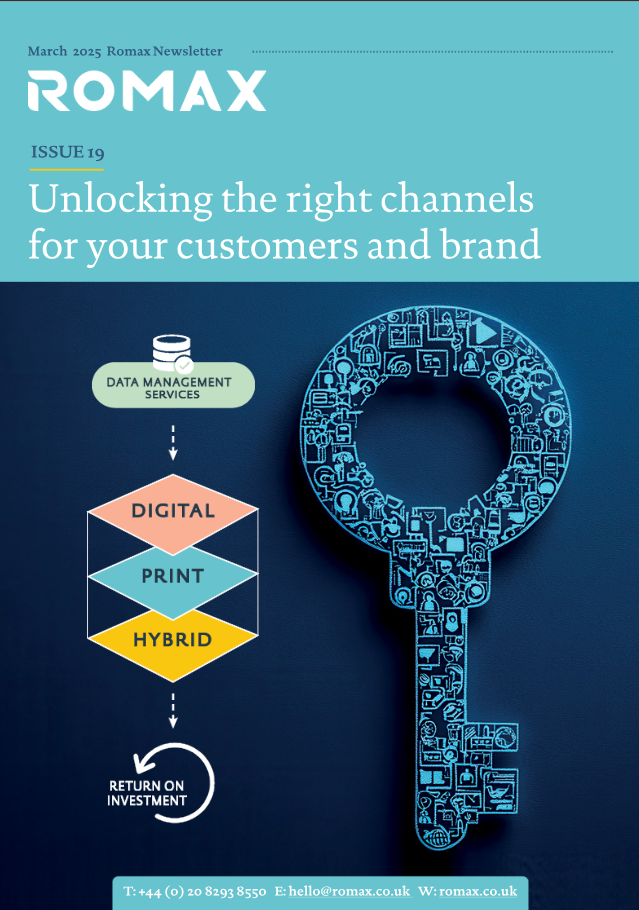The following blog discusses data, data and a bit more about data, but if you get to understand your data better AND take advantage of it through improved 1-2-1 communication – in real time to enable you to better market to and sell to your cleints/members, then let’s all be Geeks together! Robin Sumner, MD, Romax. (PS this guy is far better looking than me!)
Blog by Deb Haines, senior trainer/solutions specialist, XMPie, A Xerox Company
The first key to doing any type of variable application, from a simple direct mail piece to a highly-complex, ongoing cross-media campaign, is having accurate data. Often, for those new to the industry, data and managing the files holding the content is a daunting new world. Sure, most people are familiar with using and working with everyday databases; for example, entering information into their phone’s contact list or putting an address list together for events that need invites. However, most people don’t think about the actual list itself, and how a computer application understands or works with that list of data. Most computer applications that read data (similar to the way you would) use a special language called SQL (Structured Query Language), but that discussion is for another time. Let’s start with the basics. Just so you know, terminology will be italicized.
All databases have common characteristics. First, there is the content, which can be described and labeled. For example, the label for “123 Main Street” would be “Street Address,” and the content would consist of letters and numbers. To a computer, the content “123 Main Street” is the called the data value, “Street Address” is called a field or field name, and the description of the content is known as a data type—in this case, a list of characters, known as a string.
When you group a set of related fields, you’ve created a record. The easiest way to see a record is to create a list using a column format with the field names at the top of the column. When you group a set of related records together, you have a data table.
Typically, data of this sort has other information that can be associated with it. In the example above, each company has an agent, and agents have a data table of their own information containing a field called Agent ID. Fields that are common (same data) between two tables are called key fields. Key fields usually have the same field name, but it is not a requirement. When there are multiple tables that can be linked directly or indirectly through other tables, this is known as a Relational Database.
Data tables can be stored in two ways: (1) as a flat data source, or (2) by using an application known as a Relational Database Management System.
Flat data sources are tables that are stored as text files with a symbol known as a delimiter (often a comma or tab) between values, or entered into a spreadsheet (like MS Excel). Data stored in this way usually doesn’t have a method for properly describing the data, nor is there a method to associate their key fields with other tables.
RDMS applications (MySQL, MS Access or SQL Server, Oracle) were built with ways to manage lots of data (millions of records), thousands of data tables, how they relate to each other, and usually their own flavor of SQL.
So, those are the basics of a critical component to successful variable data print and cross-media campaigns – data. Now check out this Digital Publishing Solutions article for insights on obtaining, maintaining and leveraging customer data. Our very own Judy Berlin, worldwide marketing manager for XMPie, shares a couple key pieces of advice.
Romax are users of XMPie Technology and would welcome discussion with clients over how to engage their clients for maximum marketing return.
Contact Us
« Predictive Analytics the Magic Wand in Marketing Success 4 is the Magic Number »




